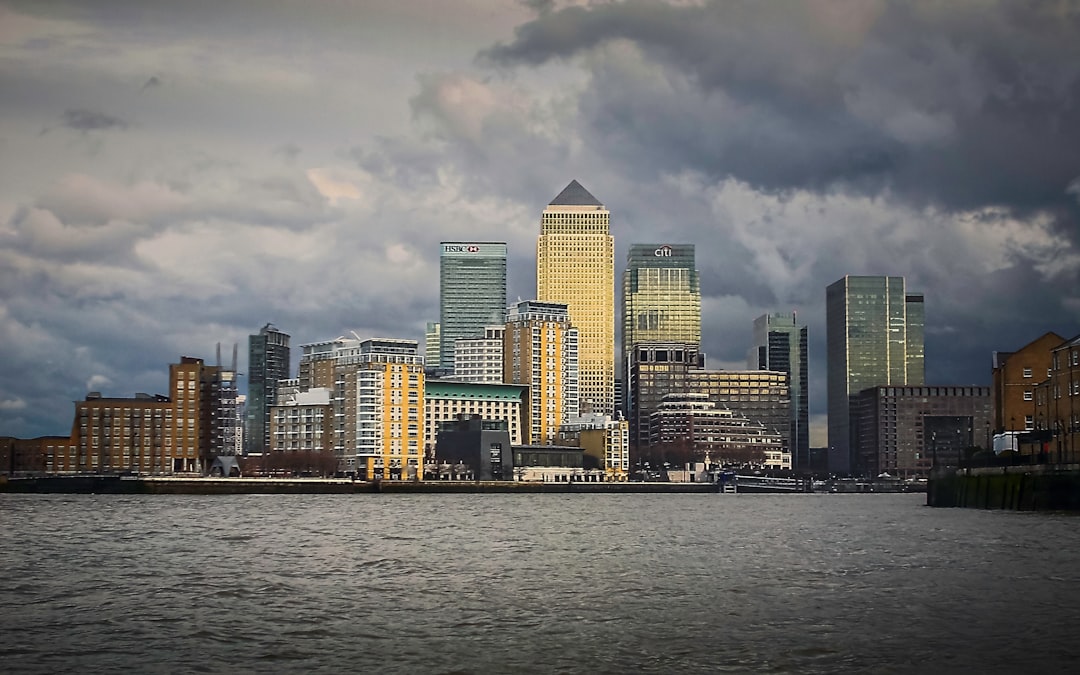
Despite fresh U.S. tariffs weighing on consumer spending and squeezing marketing budgets, Citi is doubling down on the U.S. advertising sector, calling the upcoming Omnicom-Interpublic merger a compelling long-term play.
Short-Term Drag from Tariffs
Citi analysts acknowledged that tariff pressures are expected to reduce advertising spend:
? 6% below pre-tariff estimates in 2025
? 5% lower in 2026
As a result, they cut revenue forecasts by 3% for both Omnicom (NYSE: OMC) and Interpublic (NYSE: IPG):
Omnicom’s organic growth forecast: +1% in 2025
Interpublic’s organic growth forecast: -3.5% in 2025
Both are below company guidance and Street consensus.
Why Citi Is Still Bullish
Despite soft near-term forecasts, Citi resumed coverage with Buy ratings on both ad giants. The key reasons?
? Deep Undervaluation
Pro forma Omnicom-IPG is trading at just 9x 2026 EPS, a level last seen during the 2008 financial crisis.
Citi sees potential EPS of $8.26 in 2026, rising to $9.42 in 2027, supported by $750 million in cost synergies.
? Global Diversification
A significant chunk of revenues are generated outside the U.S., softening the impact of domestic tariff-induced slowdowns.
? Post-Merger Upside
The combined entity will have greater scale, deeper tech stacks, and improved digital/data capabilities.
Better equipped to help clients navigate complex marketing environments.
? “We believe the pro forma firm will be better positioned to service clients than either standalone firm,” Citi noted.
Valuation Targets
? Omnicom (OMC): Target price of $103
? Interpublic (IPG): Target price of $35(Based on projected merger conversion terms)
Related Data Sources for Deeper Insights
Bulk Ratings APITrack updated analyst ratings and sentiment shifts post-coverage initiation.? Bulk Ratings
Company Rating APIMonitor how overall company fundamentals and financial health evolve post-merger.? Company Rating
Bottom Line
Even with a dimmer outlook for U.S. advertising spend, Citi believes the Omnicom-Interpublic merger offers rare value. For investors with a medium- to long-term horizon, the sector may still deliver — thanks to global exposure, operational synergies, and digital transformation tailwinds.

